If you’re an avid reader, learning about the different types of characters you encounter in literature can help you understand the story better.
And if you’re taking the brave step of writing a novel yourself, knowing about different types of characters becomes even more important. After reading this guide, you’ll have the vocabulary to discern what types of fiction characters you like, what you don’t, and what you might want to incorporate into your work.
Different Types of Characters Based on Their Roles
These are types of characters in a story, listed by what literary role they serve.
These are the types of terms you’ve probably heard of in English class or in an editorial review.
We often refer to the roster of characters in a novel as a ‘cast,’ and in any cast, there are bound to be different parts—this is what they’re called.
1. The Protagonist

The protagonist is the main type of character in any fiction book. They’re the person whom the story is about, and they’re the person we’re undergoing the story with. Everything that happens in the story should have some impact on the protagonist, and everything the protagonist does should impact the story because it’s about them.
You may have a story with multiple protagonists—romance novels with dual POVs are an example. These multiple protagonists are usually given equal weight in the story, meaning equal amounts of time on the page.
2. The Antagonist
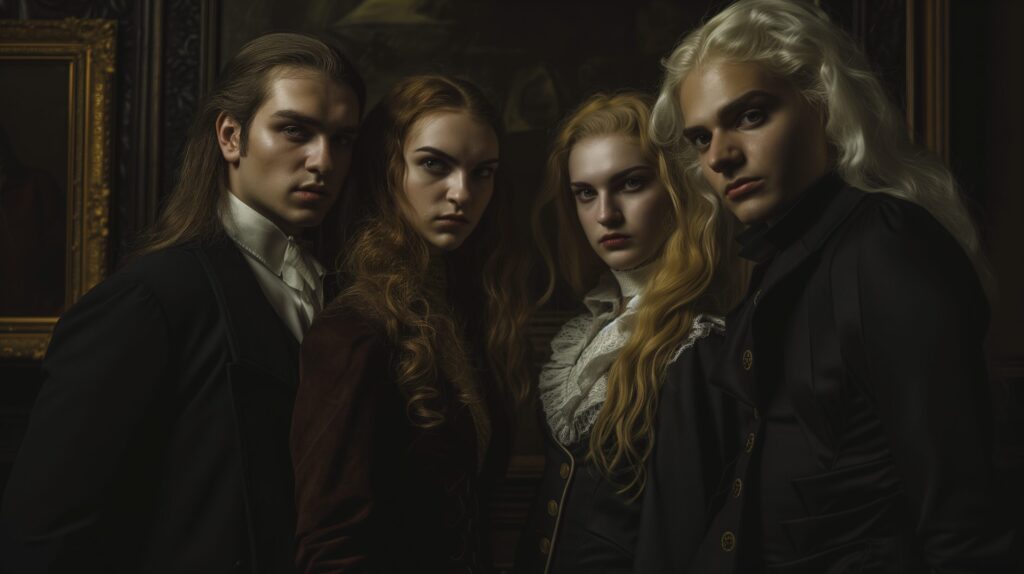
An antagonist is the biggest opposing force for the protagonist. They’re another typical type of character in a story and are the source of the main conflict. Their goals and character motivations are in direct opposition to the protagonists’, and this makes them enemies.
The antagonist doesn’t have to be evil, though. An antagonist must simply oppose the protagonist. If you have an evil protagonist, your antagonist might actually be a good guy trying to stop him.
3. The Love Interest
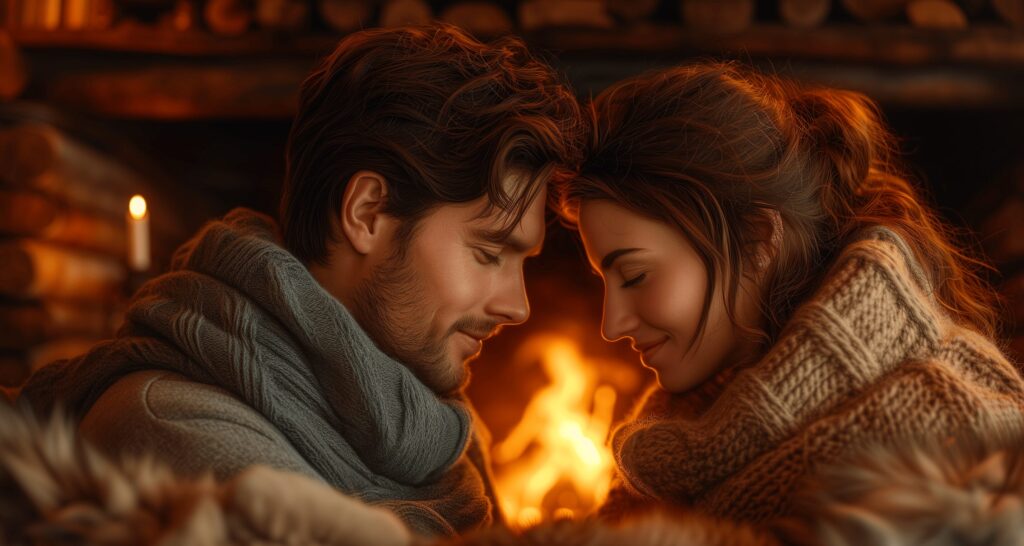
Love interests are the characters with whom the protagonist falls in love. There could be more than one love interest in a piece of work, especially if that work is trying to use the protagonist’s love life to make a point.
Love interests can also be deuteragonists, confidants, character foils, or even antagonists (enemies-to-lovers relationship trope, anyone?).
4. Character Foil
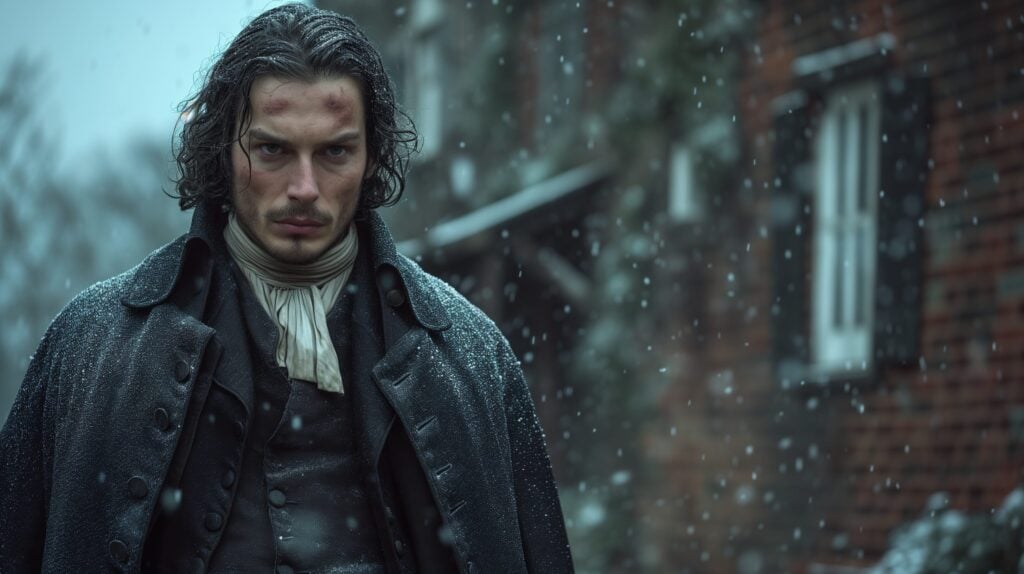
A foil character exists to accentuate certain qualities about our protagonist. Character foils are often antagonists, and the foil is used to show us how good the protagonist is and how bad the antagonist is, but this is a complex relationship, and it can also make for fantastic love interests.
For example, if our protagonist grew up poor and had to work for everything she’s got, her character foil might be someone born from wealth and handed everything she’s ever wanted.
5. The Deuteragonist

Deuteragonists are basically B-plot characters. They get less time on the page than the protagonist, but they’re still important to the protagonist, and their subplots (which often involve their relationship with the protagonist) tie into the main plot and its themes.
Deuteragonists are often best friends, sidekicks, or love interests.
6. The Confidant

The confidant is our protagonist’s sidekick, their right-hand man (or woman), their closest ally. A confidant might also be a character foil—having this conflicting dynamic makes for powerful friendships and offers the protagonist someone unlike themself to work with.
Confidants often embark on the hero’s journey with the protagonist, advise the protagonist, and explore the protagonist’s personality through their time together.
Related: Free Character Bio Templates
Different Types of Characters Based on Their Archetypes
An archetype is a symbol of a type of thing. For example, if you eat a chocolate cake that exactly meets your expectations of what a chocolate cake should taste like, you might say it’s an ‘archetypal’ chocolate cake.
It’s a classic example.
An archetypal character is an example of a type of character commonly found in fiction. This combines roles these characters play in the story with traits this character tends to have. You may see versions of each archetype show up differently depending on which genre you’re working with (for example, ‘The Mentor’ in a high fantasy novel might be ‘The Wizard’).
7. The Warrior
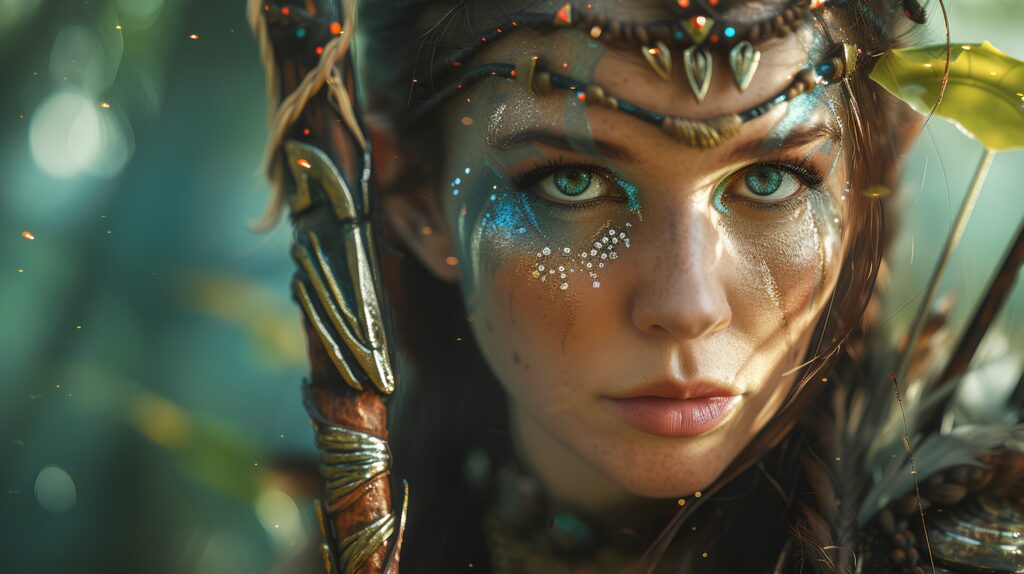
The Warrior is a character archetype that’s motivated and determined. They set goals, overcome obstacles, and do so with a generally positive attitude. These characters make great coaches or leaders, although they aren’t always in these positions. Jocks are a riff on the Warrior archetype.
One of their distinguishing characteristics is also often their flaw: being always battle-ready and on high-alert, they can see everything as a threat and tend to think in black-and-white terms.
8. The Mentor
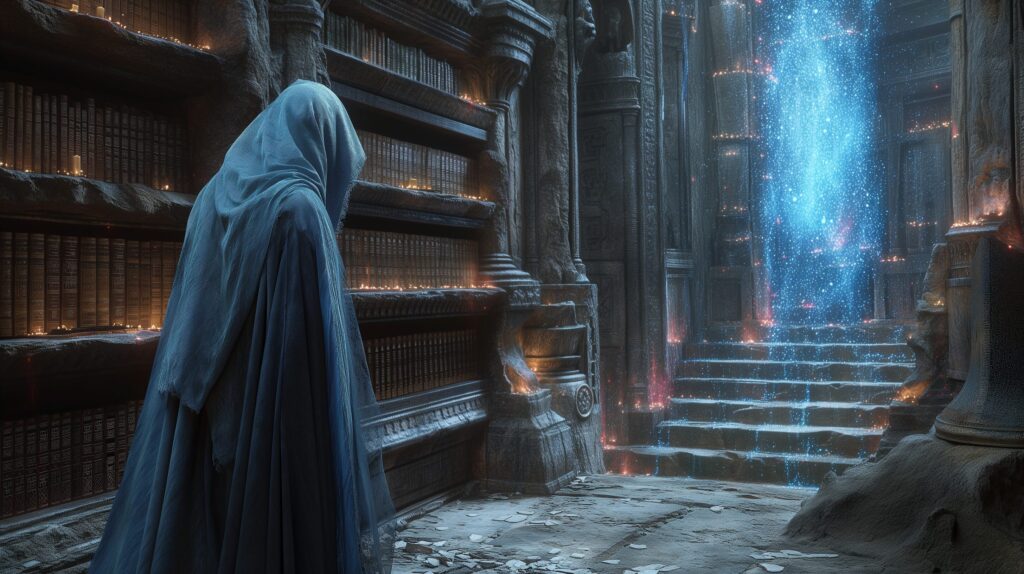
The mentor is used a lot by authors that write fantasy novels or science fiction. But you’ll also come across mentors in many other genres. They’re often older and have some sort of mystic quality that gives them transcendental knowledge.
In fantasy, these are immortal wizard types. They usually appear when the protagonist needs knowledge or wisdom to help guide them on their journey, and they rarely experience much of a character arc themselves (see flat types of characters below).
9. The Professor

The Professor is a genius and a scholar whose intellect and extreme focus on facts and reason can make them resistant to change. They often come off as cold or unfeeling, and conflict arises when their feelings inevitably do arise in opposition to science, reason, or logic.
These characters are often deuteragonists—they’re part of the protagonist’s group and act as the voice of reason.
10. The Hero
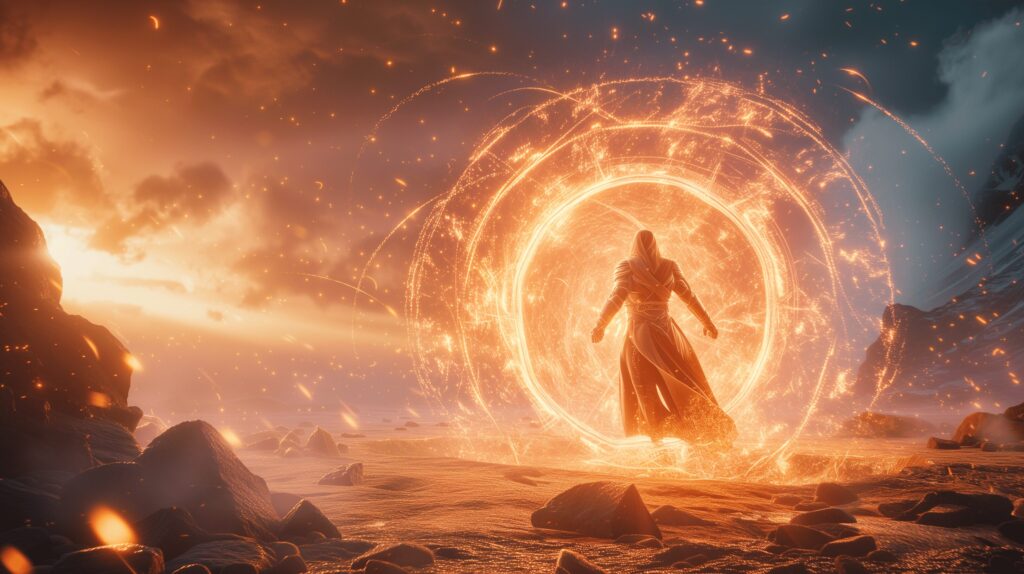
The Hero – not to be confused with the Warrior – seeks to save the world. They do this by performing very cool acts of superhuman bravery, strength, or general prowess. They’re selfless, courageous, and very aligned with moral good. In fantasy or science fiction, these types of characters often have to master some sort of magical ability or train to fight.
The Hero is usually the protagonist because they accept the call to adventure and do the world-saving. But in fiction, authors can follow or break any rules they want!
11. The Innocent
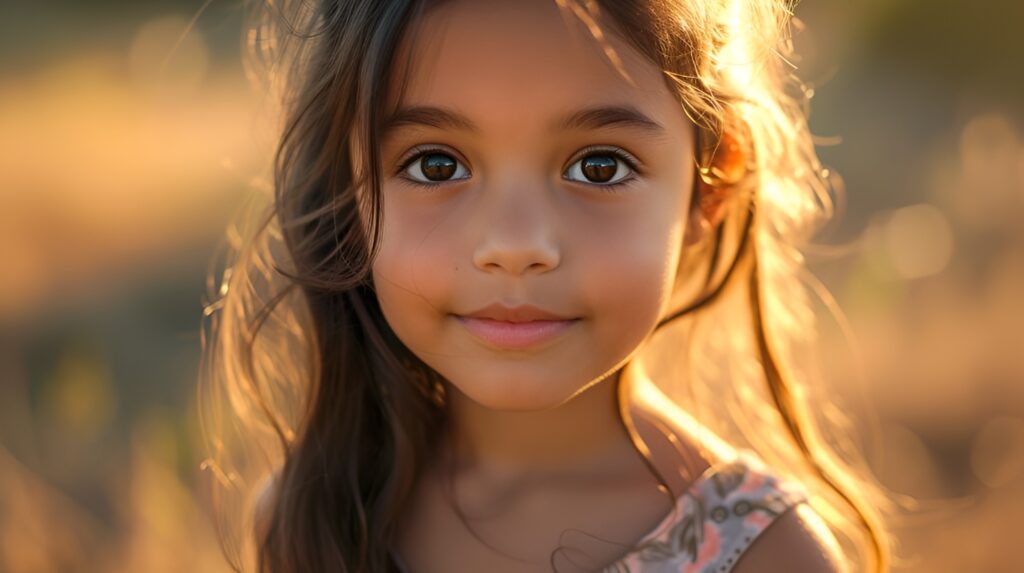
This character is an optimist to their core. They unflinchingly choose the glass-half-full side of things, see the good in others, keep their promises, and do the virtuous thing. These types of characters are often children (or childlike people) who have yet to ‘grow up’ and face the ‘real world.’ They might have a story arc where they become more wisened or serve as a source of inspiration for the Hero.
12. The Lover
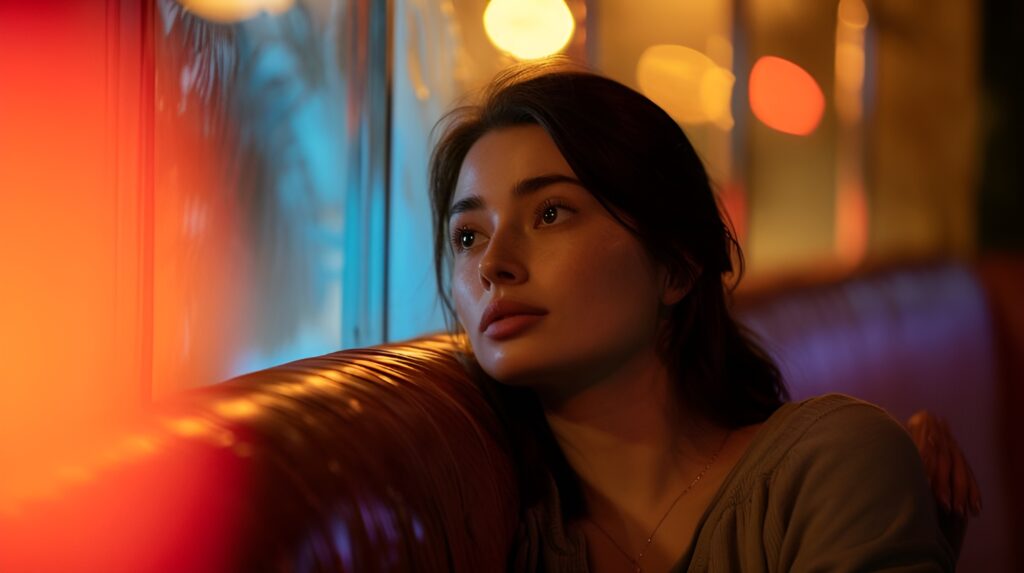
The Lover is all about emotion and creating meaningful relationships with others. They’re often interested in physical and spiritual beauty, and they’re often idealists and dreamers at heart. They fear being alone and might engage with risky people or behaviors to make connections. For example, they are the types of characters that think they can change a grisly love interest, despite all the red flags.
They have optimism in common with the Innocent, but The Lover is usually an adult. The love interest is often meant to develop the protagonist’s emotional side.
13. The Jester
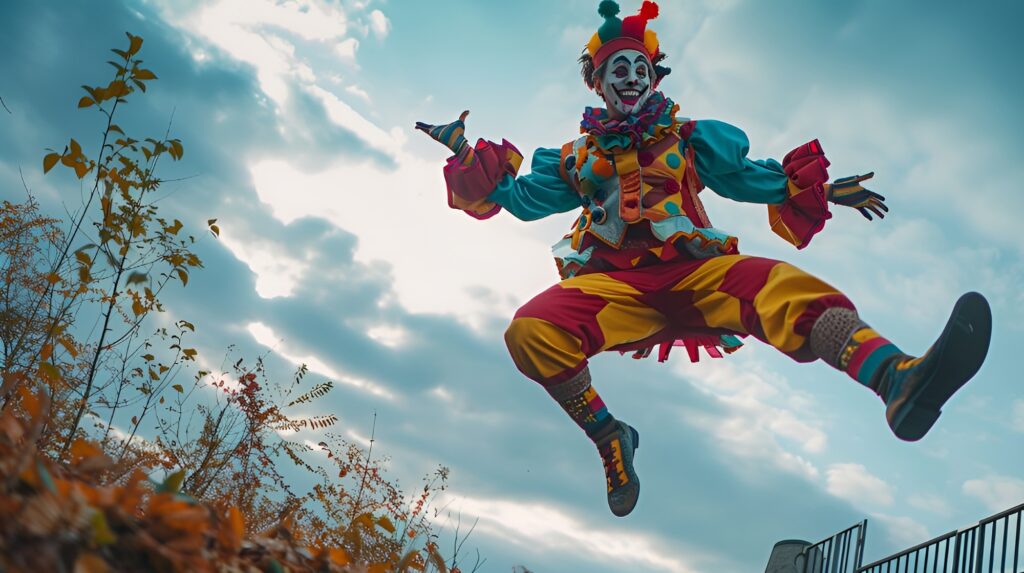
The Jester is usually a sidekick who tags along with the protagonist with the seemingly sole intention of making wisecracks. They do well with brooding protagonists because they offer both a welcome balance to the protagonist’s sulkiness for the reader and a challenge for the protagonist.
These types of characters in a story are funny, down-to-earth, and more of an ‘everyday person’ when compared with the larger-than-life hero.
14. The Herald
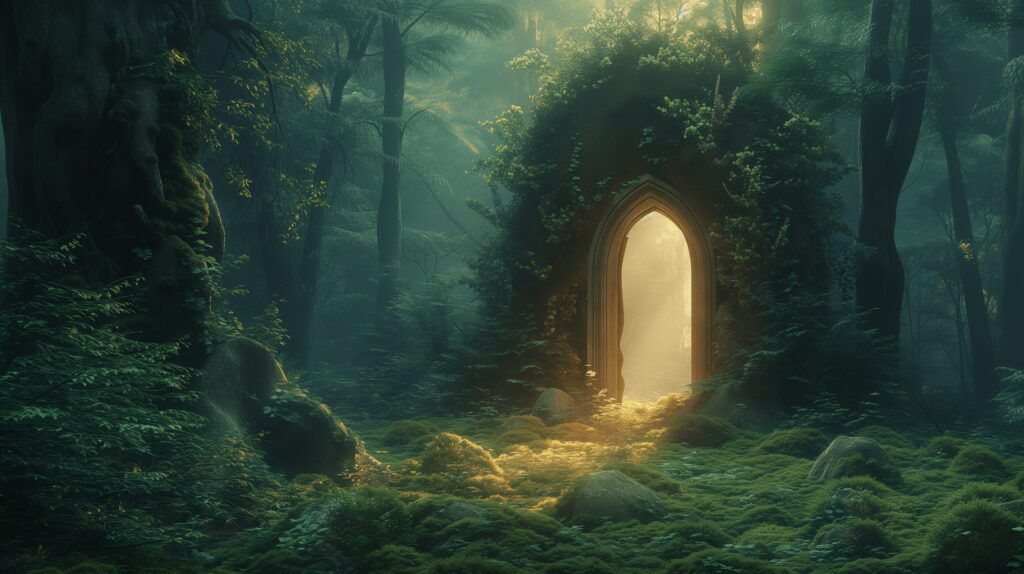
The Herald is not always a character. Sometimes, the Herald is an event or an item.
The Herald shows up to tell the protagonist and the audience that something is about to change—the plot is about to start, and the inciting incident is imminent. They signal a move from the protagonist’s everyday status quo to the grand adventure that’s about to take place.
When you think Herald, think ‘call to adventure.’
Different Types of Characters Based on The Change They Undergo
We’re not done yet!
Different types of characters in a story can also be classified by what sort of change, if any, they undergo throughout the book or series.
This doesn’t necessarily have to correspond to a certain archetype or role, although characters with prominent roles often have to undergo change for a story to be interesting, making many main characters dynamic.
15. The Dynamic Character
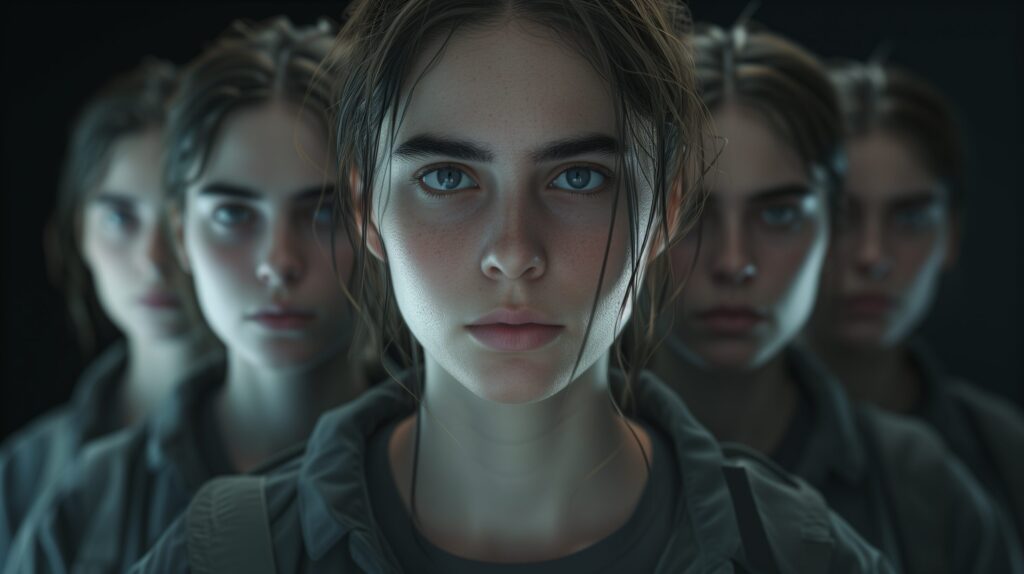
A dynamic character undergoes enormous internal change by the end of the story due to the plot. They might start the story weak, afraid, and cowardly but end strong and courageous. Then completely change their emotional vantage point.
In fiction books, these types of characters are often protagonists or deuteragonists. This is usually the most natural fit because it can be difficult for a character to undergo a ton of plot without it having any effect on them.
16. The Static Character

Static characters do not change due to the plot, or at least not in any major way. They might get a new outfit or gadget, but their internal world stays the same.
These types of characters are common tertiary figures who need to serve a consistent role to the protagonist throughout the story. One example would be mentors. They don’t have a different outlook or personality by the end of the book. And, if there are multiple books in the series, they often stay this way until the very end.
17. The Round Character
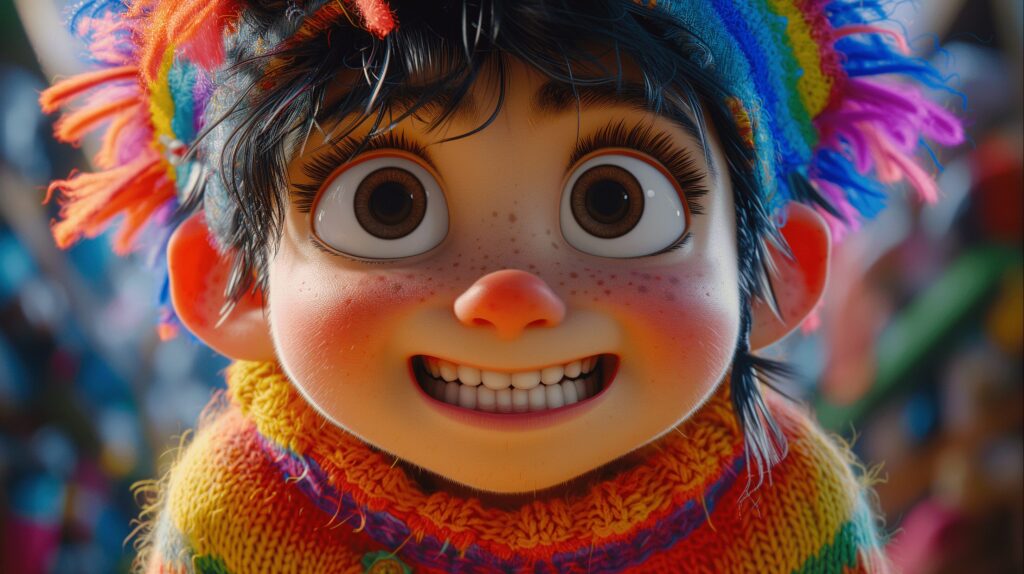
A round character is three-dimensional, complicated, and nuanced. They have complex personalities full of contradictory traits, just as real people do. These contradictory traits create internal conflict, motivating them to interact with the plot in interesting and sometimes surprising ways.
Readers often feel attached to round characters because they feel so real. As they get to know their strengths, weaknesses, desires, faults, and ambitions, these types of characters feel just like a friend or loved one. As such, round characters are usually dynamic characters and part of the joy of reading them is watching their growth and development.
18. The Flat Character

A flat character has one role in the story. And their personality feels one-dimensional, with any traits seeming to exist solely to fill that role.
An evil stepmother, for example, might seem to have nothing to her except an intense fixation on making the protagonist’s life a living hell. Jester sidekicks might be these types of characters if their only purpose is to follow the protagonist around and make jokes for the reader’s entertainment.
It may surprise you, but a flat character can be a protagonist. In a mystery, for example, the detective herself might not be a complex character, but it doesn’t matter much because the story is more about the complicated, interesting mystery at hand and the unique characters she encounters throughout.
19. The Stock Character
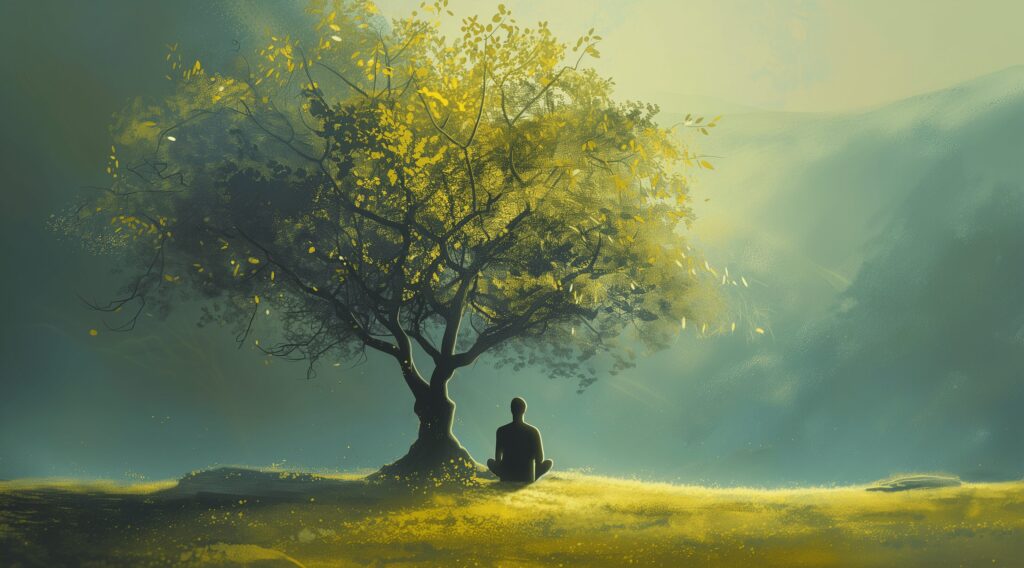
A stock character is a character meant to fill an understood role in a given genre. These types of characters require little to no development on the author’s part and usually fit a well-known stereotype such as ‘mean boss’ or ‘loyal servant.’ Writing with stock characters is like picking a personality off the shelf and adding them to your story. The audience quickly understands these types of characters and their purpose.
Stock characters often make for a great background cast.
For example, in a climate disaster movie, they might be nameless people whom the protagonist must rescue—they rarely come up again, and we know almost nothing about them as people.
Unless the plot intends to explore those stock character types, that’s probably all there is to them.
Are you ready to use different types of characters in your story?
As an author, there is no limit to the types of characters you can write in your book. And, as you’ve seen, you can mix different types of characters.
There are no innately good or bad characters to use in fiction writing. And there are no specific rules for how these people’s stories will unfold and/or how they will interact with each other.
The only thing that’s true is, if you’re ready to start writing a novel, it’s important to have a clear book outline, complete with fully-developed characters. You can use our free character bio template and the guide below to help you with this process.
